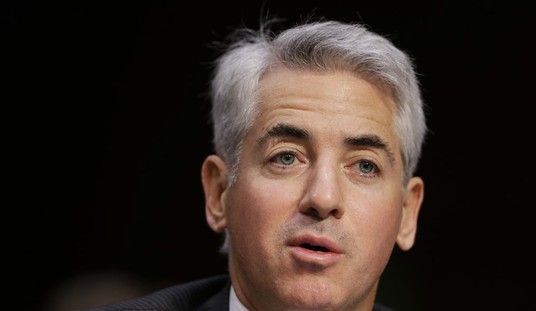Obama is famous — or notorious — for his high opinion of his own capabilities. He was quoted as saying
“I think that I’m a better speechwriter than my speechwriters,” Mr. Obama told Patrick Gaspard, his political director, at the start of the 2008 campaign, according to The New Yorker. “I know more about policies on any particular issue than my policy directors. And I’ll tell you right now that I’m going to think I’m a better political director than my political director.”
So, as Mark Theissen points out, it’s probably not a surprise that he also doesn’t figure he needs intelligence briefings, preferring instead to read the Presidential Daily Brief.
Well, I was involved in the Intelligence Community for a good while. I was more involved in collection and then computer security than analysis, but I know analysts. Here’s how the business is done:
People out at the collection end collect raw intelligence (never you mind how) and transmit it to CIA, where the main analysis shop is. This being the government, it’s not really that simple — there are independent analysis shops at State and in DoD, and some of the analysis, especially heavily technical analysis, is partly done at the front end, but for simplicity, we’ll say it goes to CIA. There, it’s stored — you can think of it as if each little piece is copied to a 5×8 card, which is really how it was done at the dawn of time — with various techniques available to sort it and sift it. At that point, an analyst — someone with a degree in something like history or political science or even psychology — looks at the new stuff, sorts through it, and summarizes it. Basically, they write a term paper every day. These term papers are further summarized by an area specialist, summartied again, and eventually make it to a document (or data base) called a National intelligence Estimate. That is in turn summarized into a document called the Presidential Daily Brief, which is the document that Obama claims to read in the morning. These used to be in the hands of the Director of Central Intelligence, who was the President’s direct line to the Intelligence Community. Now it’s the Director of National Intelligence, as the Congress in its infinite wisdom decided that the solution to a politicized and fragile system was to put another layer of management over it in another agency. So now the Director of the CIA is sending this stuff to the DNI, who is responsible to the President.
Now, I’ve never seen a PDB or NIE except in declassified form, but George Washington University has some examples online. Have a look at them: they are a page or two of bullet points on each topic, and I can tell you what that means is this torrent, this firehose of information, has been summarized in a way which guarantees:
that it mentions a lot of possibilities;
that it says nothing that can be certainly disproven, and;
that everything it says matches exactly what the DNI thinks is politically advantageous to the DNI.
What the PDB is supposed to be is basically a powerpoint of the important things that have happened; they send along a briefer, who is a top-level analyst who spends all day every day becoming an expert in the topics covered, and then if something exciting is happening, they may bring an area expert who is an even more rigorous expert in a more narrowly constrained topic. These experts can answer questions, and take new direction on areas of interest; they’re there to be the President’s (and the National Security Councils’) brains. As you can see from the examples I linked, the PDB itself is basically a USA Today level of detail at best. The briefer expands that and works with the President’s staff to make sure the details are getting through.
What Mark Thiessen is telling us is that Obama prefers to read the USA Today summary instead of talking to an expert and asking questions.










Join the conversation as a VIP Member